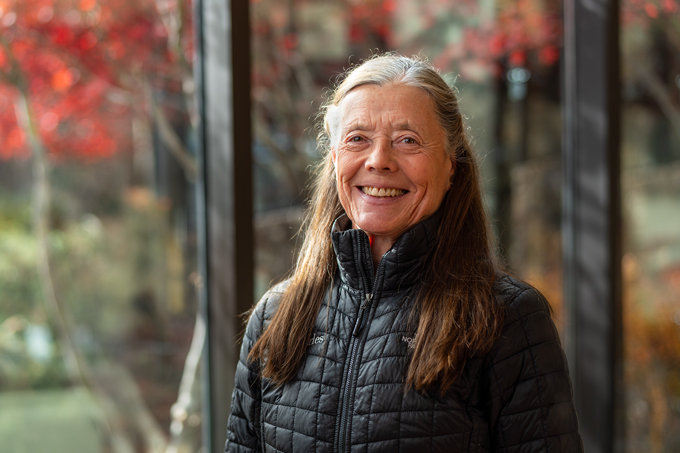Election Day is right around the corner, and many of you will have already voted by the time you read this. Personally, I love voting. I like how voting often forces me to weigh imperfect options, compelling me along the way to learn more on topics I might otherwise skip and to ask opinions from people I trust. Sometimes the choices are maddening, so I have to think hard on what I believe matters most. And without fail, voting also brings to mind gratitude for those who long ago fought for a right I hope never to take for granted.
As I complete my ballot this year, I’m also struck by how my concerns and hopes for health care in Central Oregon are influencing my thinking, and how the choices we make today will inevitably impact our future, often in unpredictable ways. So as you vote, I hope you too will think about how local, state and federal policies impact health care.
I realize health care may not be top of mind for you this cycle. It isn’t top of mind for most Oregonians. A recent opinion poll conducted by DHM Research showed that people believe the most important problem in Oregon is houselessness, followed by drugs, housing affordability, cost of living and crime.
Health care didn’t even make the list. But when you think about it, access to quality health care — particularly behavioral health care — impacts all of the issues listed above.
Many of us don’t think much about health care or our options for care until they are gone. We take for granted that hospitals will always be there when we have an accident, when pneumonia strikes or when it's time to welcome a new baby.
Increasingly, communities across the country are learning what happens when their local hospitals suddenly close their doors. Not only do they have to travel farther for care — incurring additional transportation and lodging expenses — they also feel the pain of tangential things like the hospital’s support of local youth programs, health fairs, flu shots and more. These challenges fall disproportionately on rural communities.
At St. Charles, more than 75% of what we are paid comes directly from Medicare and Medicaid (Oregon Health Plan), which means government reimbursements ultimately dictate the level of care and service we are able to provide. And those reimbursements are not keeping up with the inflationary costs of providing care. On average, the Oregon Health Plan pays hospitals 70 cents for every dollar of care provided. In 2022, this formula resulted in a $1.1 billion gap between what it costs Oregon hospitals to care for OHP members and how much those hospitals were paid for that care. Last year, 54% of Oregon hospitals lost money. I learned recently that nearly one out of three Oregonians now relies on OHP for insurance coverage. I’m proud to live in a state that values coverage so highly in principle, and at the same time I’m concerned we don’t follow up that commitment with a plan to pay for it. Well-intended government actions also add administrative cost and burden, further complicating and straining an already over-stressed system.
While St. Charles has had a modest financial rebound since the pandemic, we are not immune to the challenges all hospitals and physician practices face. Due to our geographic isolation, we are also increasingly worried about the small, private medical providers in the region — like The Center — who are having trouble retaining physicians and meeting the community’s needs for care.
We already know OHP reimbursement and administrative burden will be hot topics during the 2025 legislative session, and we are looking forward to working with our elected officials to address root causes and build a more sustainable model for hospitals and clinics in our state.
Which leads me back to the original intent of this month’s column — please vote. And please think about access to health care and the health of our communities as you do.
Sincerely,
Steve





